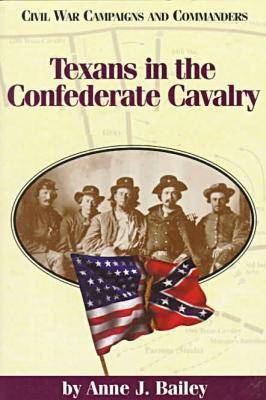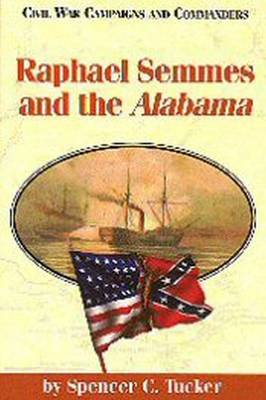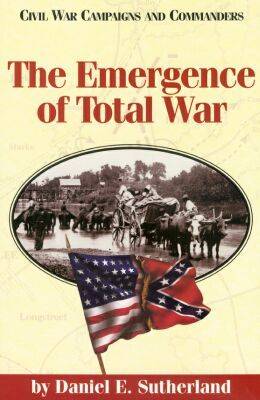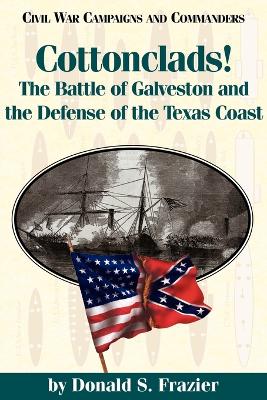Civil War campaigns & commanders
4 total works
The plan, implemented in 1862, proves a failure, mostly because of the man charged with carrying it out: Gen. John Pope. Pope's defeat is the story of the Second Manassas campaign. While Pope's demise gives new life to the Confederacy and emboldens Robert E. Lee to invade Maryland, Lincoln remains convinced that a strategy of total war represents the North's best chance for victory. In 1864-1865, Generals Ulysses S. Grant and William T. Sherman will prove him right. A vivid account of how Civil War campaigns foreshadowed total war.



